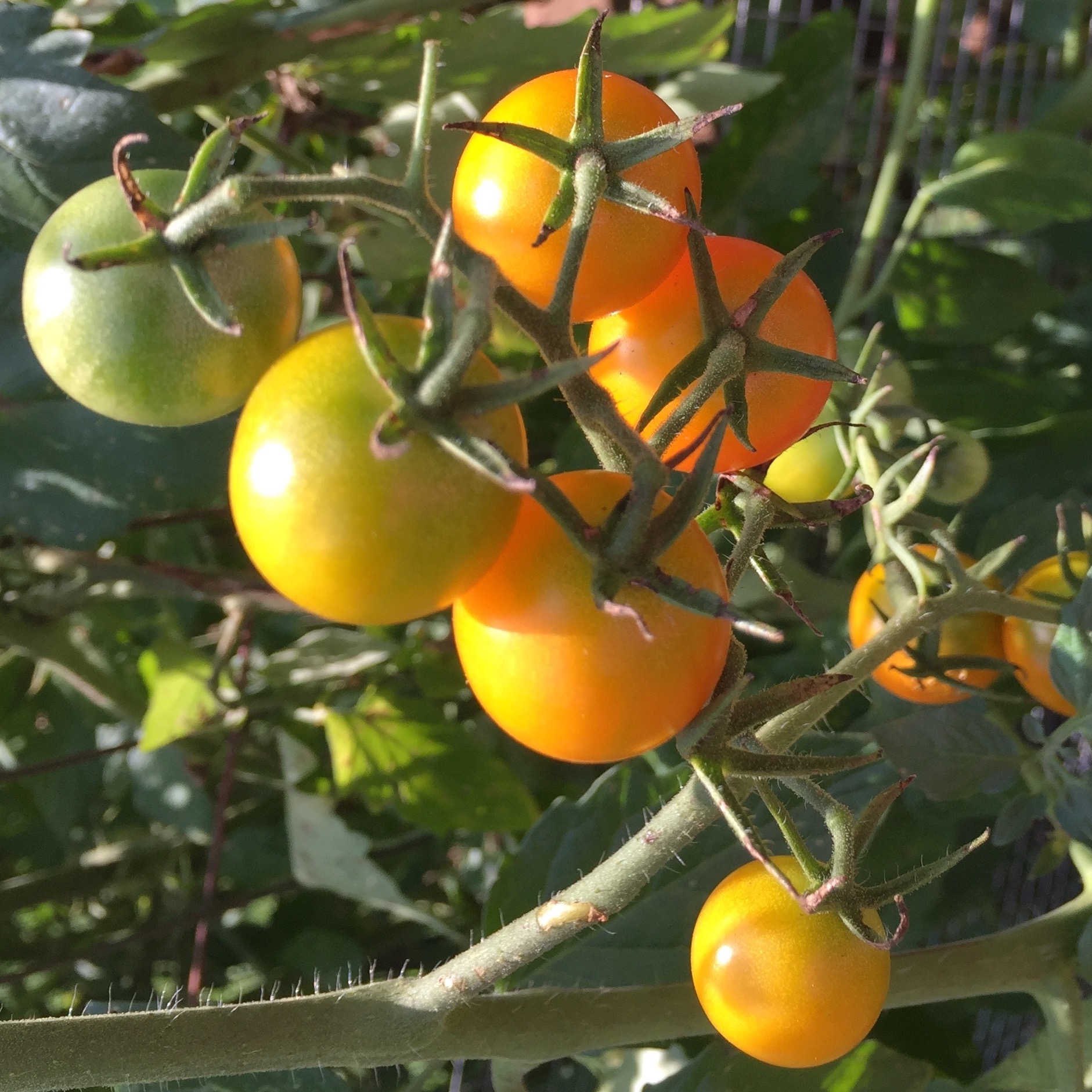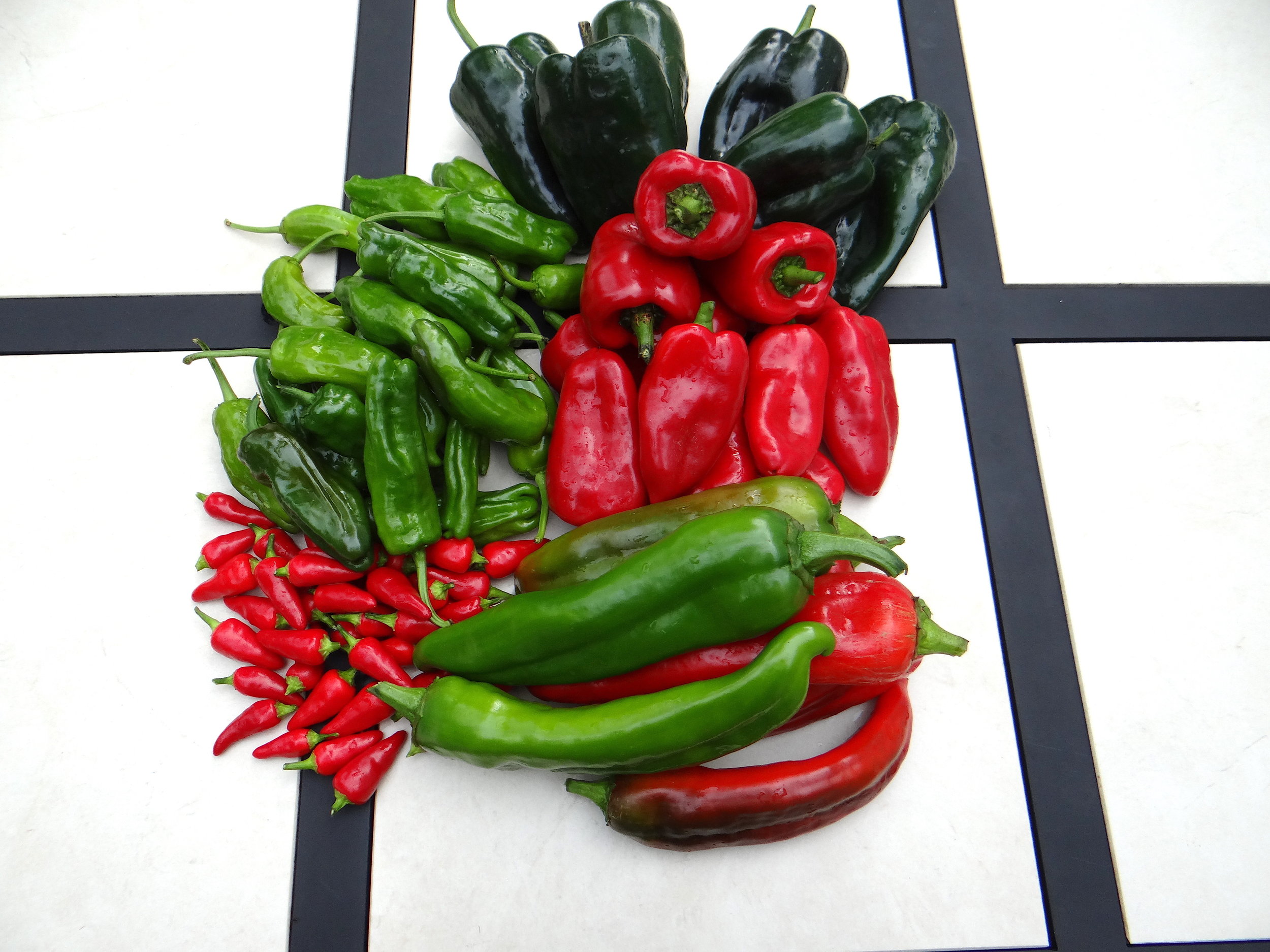Mole Poblano

Tucson is where I learned about real Mexican food. Or, more accurately, foods. The diversity of landscapes and climates across Mexico produces an equally diverse bounty of ingredients. Coupled with the interplay of Spanish and indigenous culinary traditions, the result is an incredible variety of regional cuisines. The achiote and citrus fruits that are typical of the Yucatán peninsula give way to the rich chile-and-chocolate moles of central Oaxaca, which in turn yield to the Mediterranean-influenced rice and seafood dishes of Vera Cruz on the Pacific. Flour tortillas in the north are supplanted by corn tortillas to the south. Even staple ingredients like beans (alubia blanco, ayocote negro, domingo rojo) and squash (chayote, calabacitas, pumpkin) vary considerably by locale.
Roughly one-third of Tucson’s populace derives from south of the border, a contingent sufficiently large and diverse enough to support the city’s many restaurants that feature regional Mexican fare. I was fortunate to live there for several years, and took every opportunity to sample the unusual (to me) offerings on the menu. From high-end establishments to mamá-y-papá joints, I discovered an expansive array of dishes, the flavors vibrant and complex. I was hooked.
During a recent visit, I decided to restock my pantry with Mexican ingredients that are difficult to find in the local DC markets. Herbs and spices such as epazote, canela, achiote, hoja santa. Staples like pepitas, mote pelado, cotija cheese, tepary beans. And, not surprising, given my obsession with peppers, dried chiles of all types: mulatos and moritas, guajillos and pasillas, anchos and chipotles, piquíns and chiltepins. My food-filled luggage attracted the attention of the sniffer dog and TSA agent at airport security but, fortunately, nothing was confiscated.
Once home, I went to work on one of my all-time favorite dishes, mole poblano. Some versions contain 30+ ingredients and take days to prepare. The recipe that I use (courtesy of KT’s abuela) is pared down to the essentials yet still exhibits the characteristic complexity for which this sauce is famous. Mole poblano is typically served over turkey, so I thought it would make a festive if non-traditional Thanksgiving meal – which I made even less traditional by replacing the turkey with duck breast. Stuffed fresh poblanos, arroz rojo, and a nice glass of pinot noir completed the menu. As a friend likes to say, not too shabby!
h.
Mole Poblano
4 each dried ancho, mulato, guajillo, and pasilla chiles, seeded and torn into pieces
½ cup raw almonds
½ cup raw pepitas (pumpkin seeds)
2 Tbsp. raw sesame seeds
4 Tbsp. corn oil
1 ripe plantain, peeled and cut into ¼-inch slices
1 large Spanish onion, roughly chopped
4 garlic cloves, minced
1 large (28-35 oz.) can tomatoes, chopped or crushed
1 disk Mexican chocolate, broken into pieces
2 small or 1 medium corn tortilla, torn into pieces
chicken stock or water
medium skillet
large bowl
blender
Dutch oven or thick-bottomed large pot
Steps
Toast the chiles in a dry skillet over medium heat until just fragrant (15-30 seconds; do not burn!); transfer to large bowl
Toast each batch of nuts/seeds individually in dry skillet until they begin to change color and turn fragrant; transfer to large bowl
Heat 2 Tbsp. oil in skillet over medium heat; sauté plantain until golden; transfer to large bowl
Heat remaining 2 Tbsp. oil in skillet; sauté onion until soft; add garlic and sauté 30 seconds; transfer to large bowl
Add all remaining ingredients to large bowl and stir to mix
Working in batches, purée in blender until smooth, adding stock to medium-thick consistency
Transfer to Dutch oven and cook over low heat for two hours, adding stock as needed to prevent sticking/burning (color will change from brick-red to medium-dark brown)





